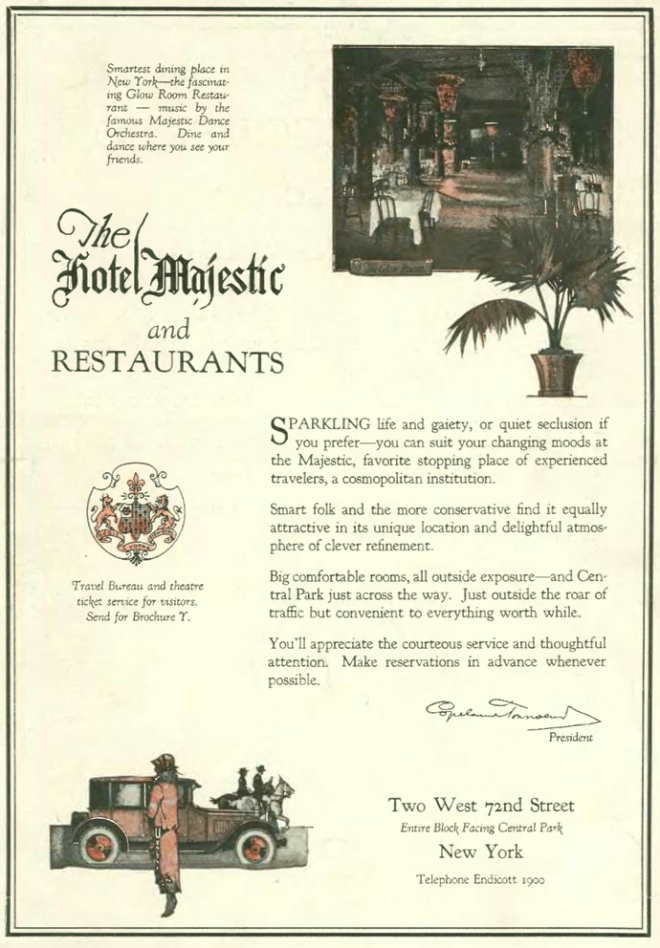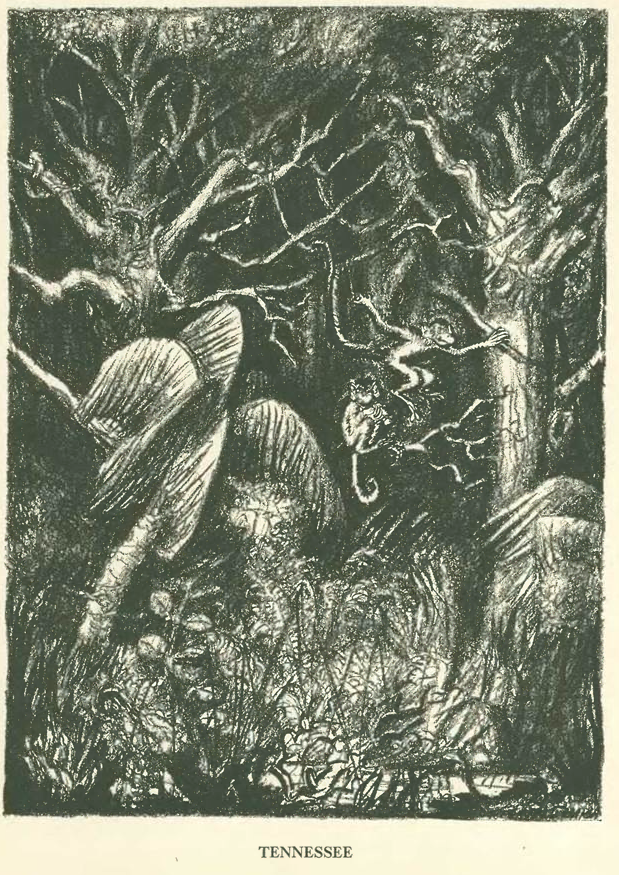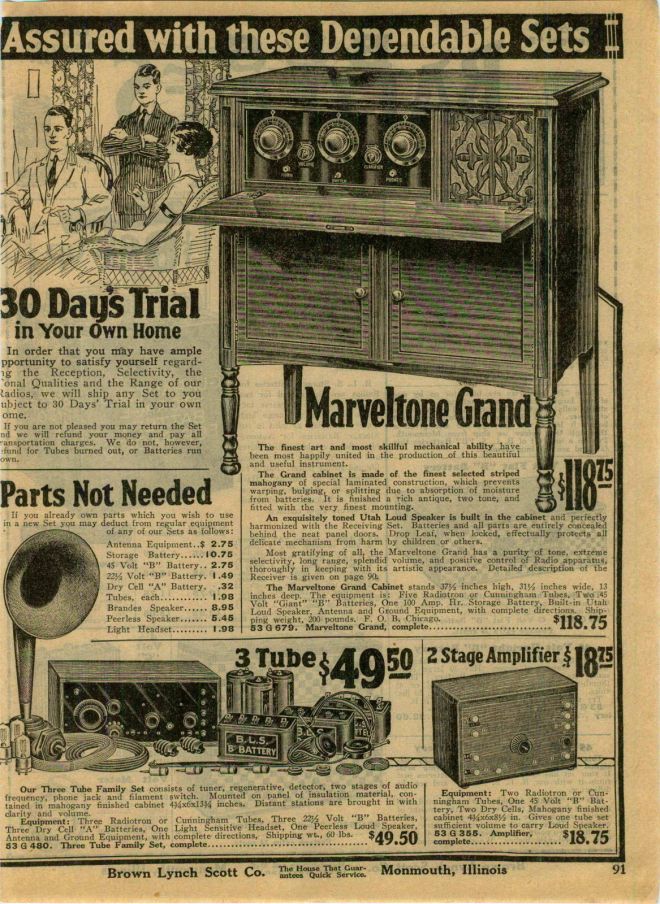Leading up to the famous Tennessee “Monkey Trial” of John Scopes, the June 13 issue of The New Yorker continued its jabs at William Jennings Bryan.

Bryan had agreed to serve as prosecutor in the case against Scopes, who was charged on May 5, 1925, with teaching evolution from a chapter in Civic Biology, a textbook by George William Hunter that among other things described the theory of evolution. For the record, Scopes, who was merely a substitute high school teacher, wasn’t even sure if he’d actually taught evolution in his class, but purposely incriminated himself so the trial would proceed with a defendant. Just in case New Yorker readers needed more evidence that Bryan was an ignorant rube, “Talk of the Town” led off with an item on WJB’s visit to the Metropolitan Museum of Art:


Bryan was also the subject of a “Profile” piece by Charles Willis Thompson, who wrote “the Commoner” is “an extensively misunderstood man.”
Thompson observed that Bryan “is variously regarded as a statesman, chump, shrewd politician, bigot, liberal, scholar, knight, orator, reformer, crank and crusader who has fetched up short of his goal because of a chevalier-like hesitancy to sacrifice principle for expediency.”
Here is the piece in its entirety (caricature by Hans Stengel)


The New Yorker was barely afloat as it entered its first summer, but that didn’t dampen its wit as it fished for new subscribers through humorous full page ads regularly featured in the first issues.
The June 13 issue opened with one such ad that appears to be a parody of a Bernarr Macfadden health and fitness promotion (Macfadden was an influential predecessor to the likes of Charles Atlas and Jack Lalanne). The ad was accompanied by a strange drawing that appears to combine McFadden’s body with–for some reason–William Jennings Bryan’s head:

In addition to Mr. Bryan, “Talk of the Town” also offered these observations…Calvin Coolidge’s fondness for his battered felt hat…the modesty of the young golfing star Bobby Jones and his refusal to accept any money beyond barest expenses for an exhibition match at Harvard…an offer by the famed violinist Jascha Heifetz to deliver, upon his return trip from Paris, a Poiret-designed gown for opera singer Cobina Wright for her upcoming Bal Harbor engagement…and a minor money dispute between George Bernard Shaw and the Saturday Evening Post regarding the reprinting of a short story.

“Talk” also made hay about “Male Plumage” on display in the city, noting that the last time novelist Sherwood Anderson was in town (he is referred to as “the illustrious revealer of the Middle Western Subconscious”) he wore socks “of a particularly glowing brown bespread with diamond checks of an exceptionally vivid shade of green,” and he sported both brown and red feathers in his brown velour hat. It was noted, however, that this display was outdone by Rudolph Valentino, whose silk house pajamas (worn while receiving visitors at the Plaza in Paris) were of “the most vivid crimson ever accomplished.”
The New Yorker continued its assault on crooked cab drivers with this cartoon by Miguel Covarrubias:

“Of All Things” (written by Howard Brubaker) noted that “The Queen of Rumania and the King of Swat (Babe Ruth) are both writing for the World, but fortunately for us constant readers, low-born newspaper men are still on the job.” It was also noted that silent film idol Mary Pickford “has fallen among bad characters or good press agents.” I have no idea what this refers to. Pickford was married to film star Douglas Fairbanks at the time, and their Hollywood mansion Pickfair was the center of the celebrity universe. The couple played host to heads of state and other dignitaries as well as notables in literature, the arts, and science (Albert Einstein once paid a call).

German cinema regularly drew favorable reviews in The New Yorker, however Fritz Lang’s Siegfried was called long and arty, “possessing many fine intervals of real beauty…that usually wins the critical adjectives. The average audience will probably be a bit bored at Siegfried’s quest. Tom Mix does this sort of thing with much more verve and snap.”

And if you think the “Cinderella” story has been made and remade too many times, consider that in 1925 The New Yorker already found the theme wearing thin. A review of the The Desert Flower referred to the film as “just another variation of the Cinderella theme.” It told the story of a waif (Colleen Moore) in a railroad construction in camp who falls in love with the son of the railroad’s president. The reviewer wrote that “probably all of this will be popular. It always has been.”
Texas Guinan’s new club proved a be hit, as reported in the feature “When Nights Are Bold.” I last reported on Texas Guinan in my March 18, 2015 post, “A Dry Manhattan,” when prohibition officials put a padlock on her old haunt, the El Fey Club. As we see, things are looking up for the leading lady of New York nightlife…

I am guessing this illustration by Covarrubias was an attempt to fill ad space and encourage readership. I guess we will find out soon enough:

The issue closes with a satirical piece that appears to poke fun at tenement life, or perhaps at the pretensions of art critics, or both. You be the judge:

And finally, a new back page sponsor, in color:

































































